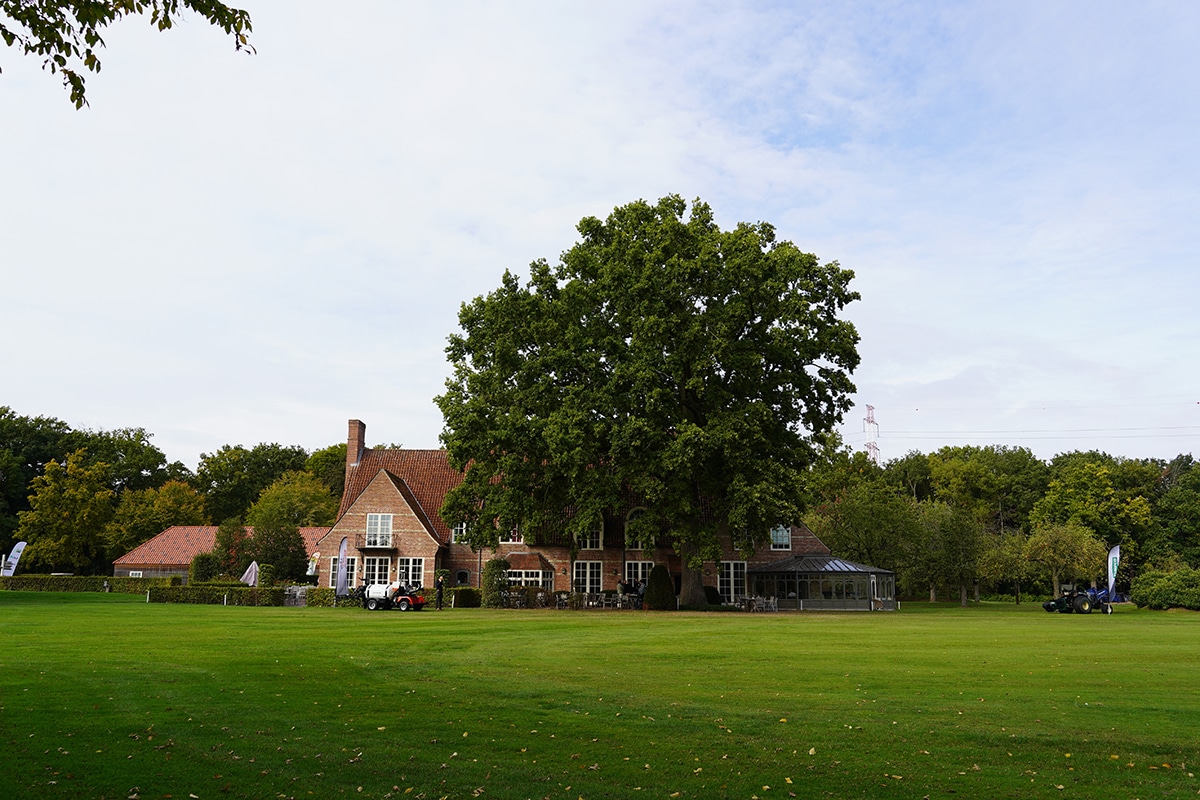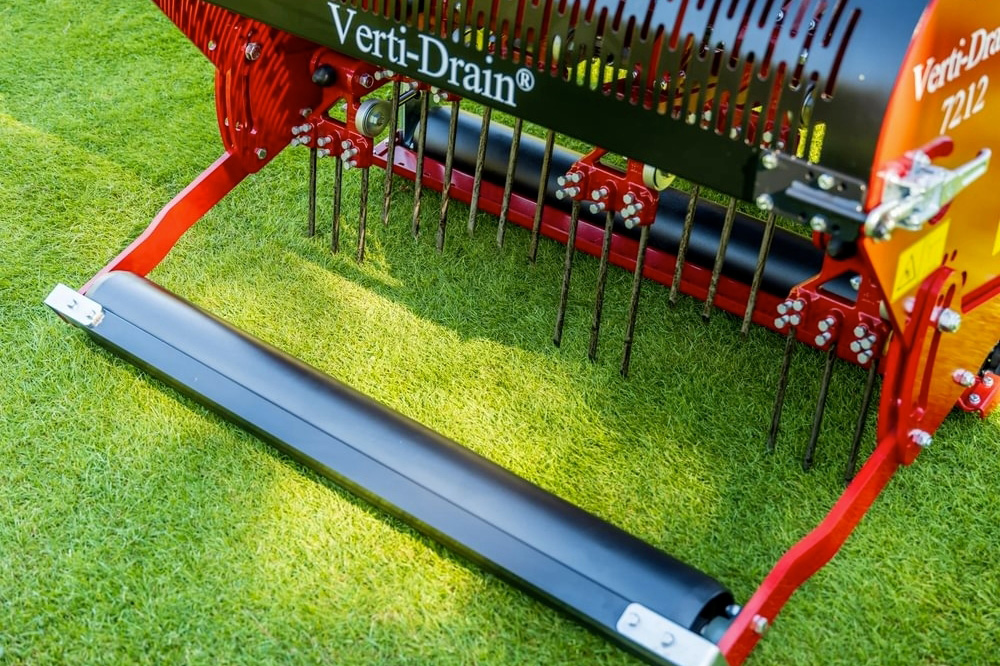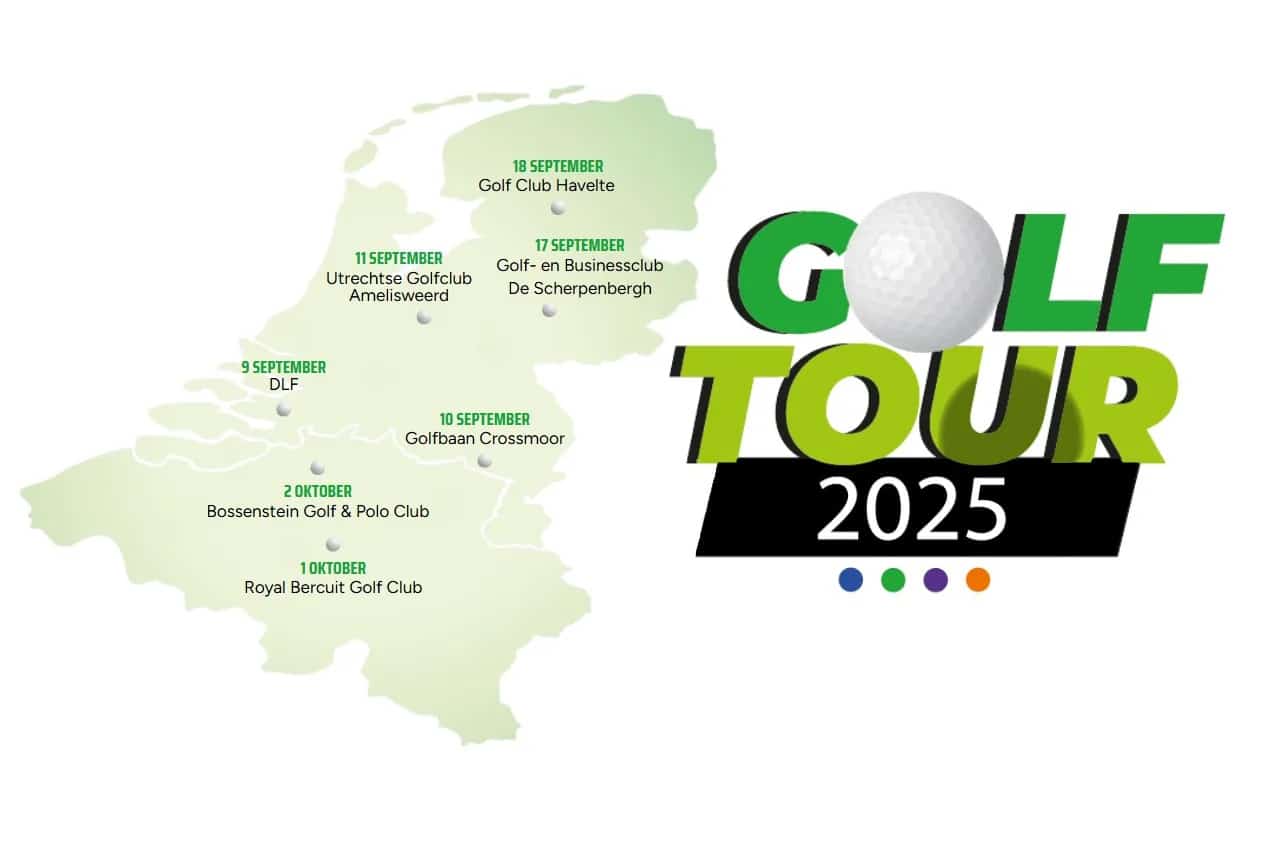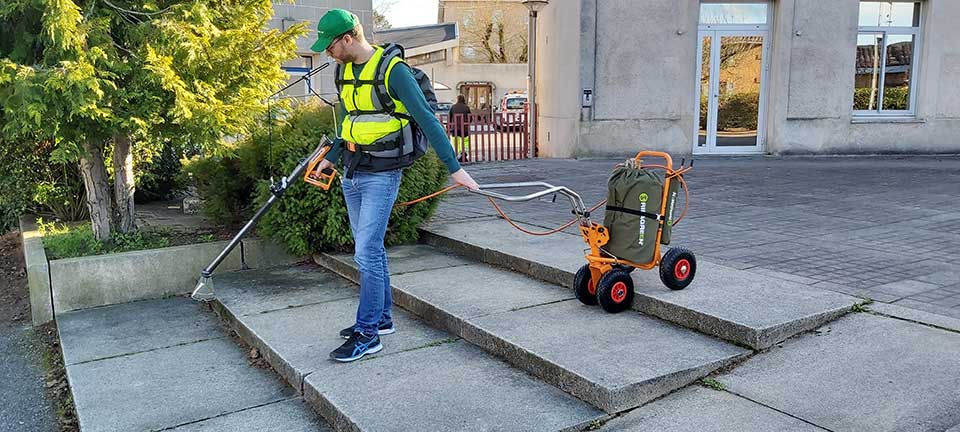
Reliable and efficient techniques for alternative management
It has long been known that the use of pesticides is harmful to the health of both humans and wildlife. Pesticides can pollute the air, soil and water and make plants and animals sick. When they enter the environment, pesticides are difficult to remove. Especially for controlling weeds on public property, there are more environmentally friendly alternatives that work at least as well.
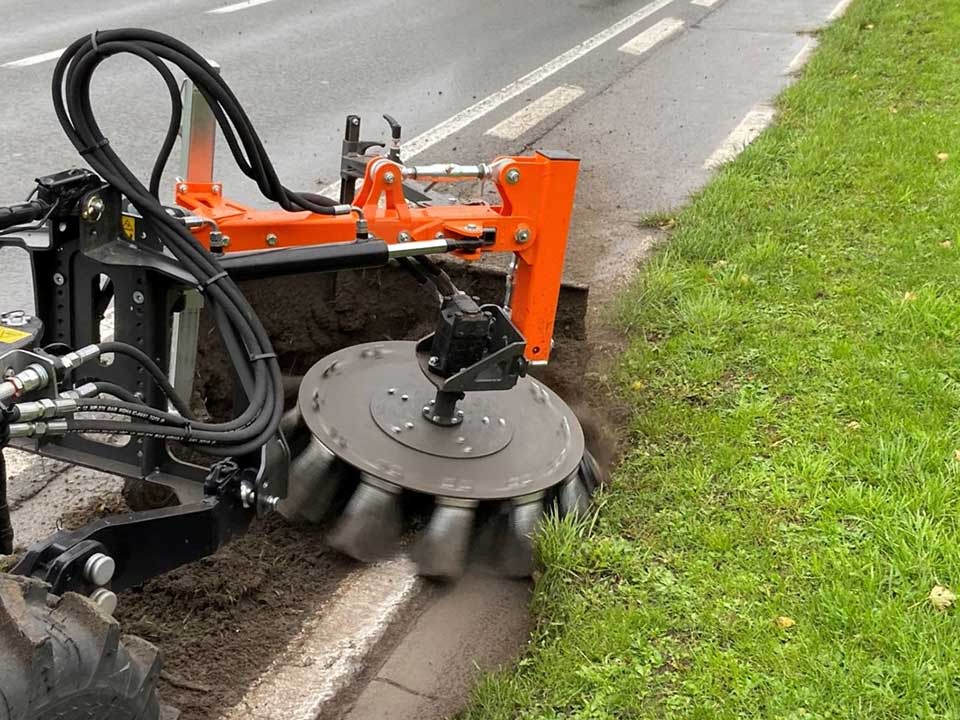
Weed brushes
One of the most efficient ways to tackle weeds on pavement is the weed brush. It comes in all sizes and shapes, from a compact self-propelled machine like the Nimos MUG, to a surface-mounted brush for tractors, to a fully electric, self-propelled tool carrier with weed brush.
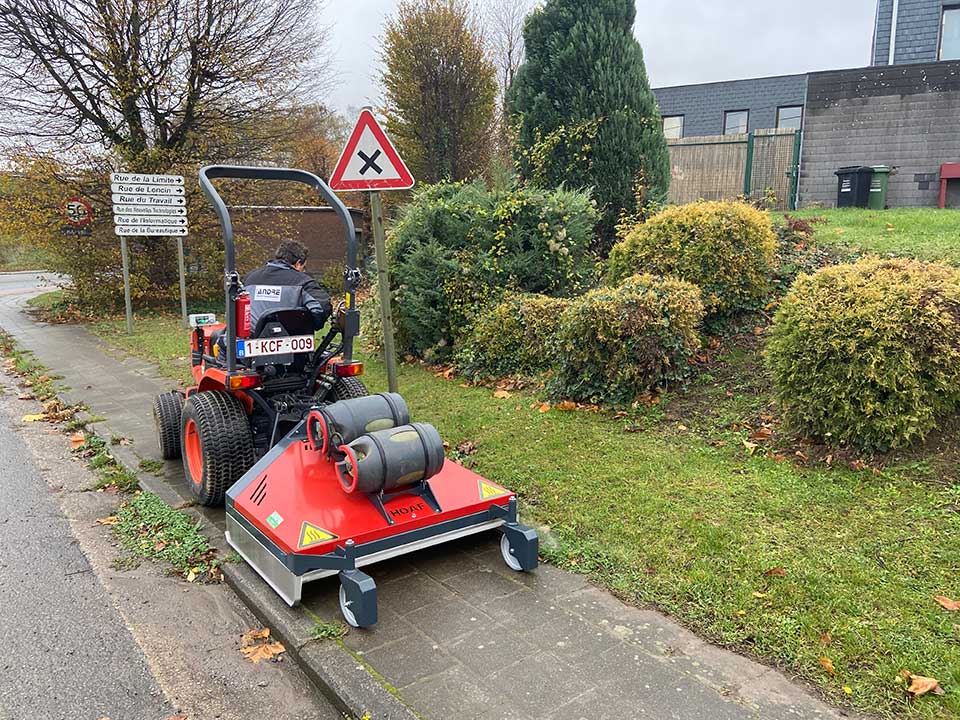
A weed brush not only loosens the weeds, it also removes much of the breeding ground. This keeps the treated surface weed-free for a time. In addition, because of its wide range, a weed brush is enormously versatile and can be used on virtually any pavement.
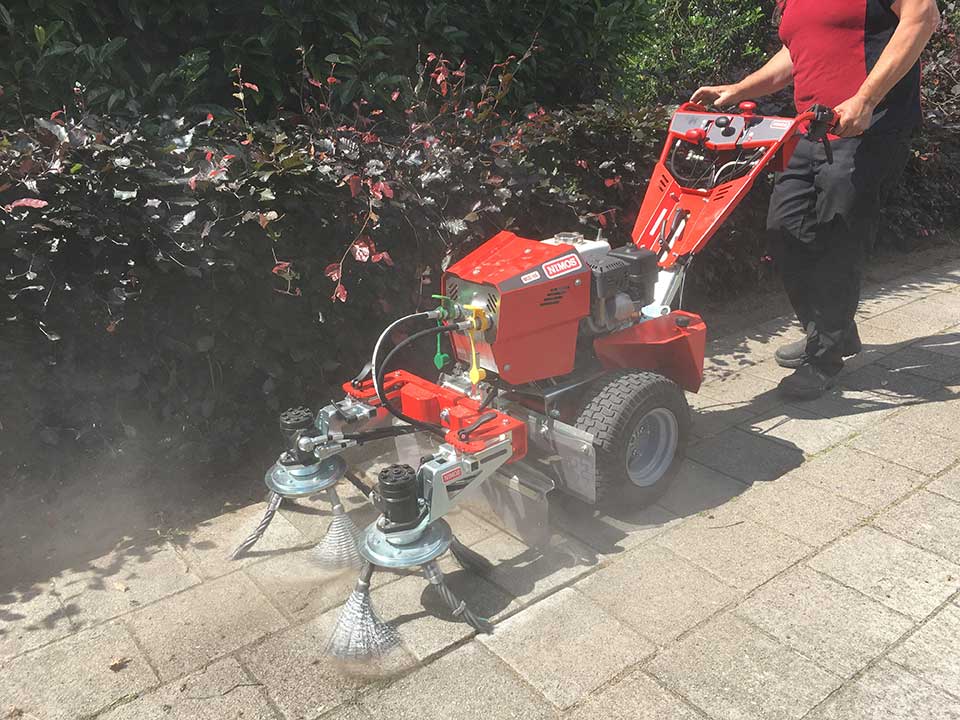
Hoe
Unlike the weed brush, the hoe does remove weeds on unpaved surfaces. It features a number of rotors that cause a set of vertical blades or chisels to rotate in the top layer of the surface. With this movement, the hoe turns over the top layer of soil. In this way, the surface is both loosened and leveled, and the weeds are loosened. Afterwards, it can simply be dried up or removed.
Burners
Weed burners continue to gain popularity because of their wide applicability, ease of use and very low maintenance.
Contrary to what the name suggests, the plant is not burned, but rather heated to the core. In this way, the proteins solidify and the cells burst open. The plant loses its moisture, causing it to wilt. The high temperature is achieved by burner heads and possibly an infrared radiation grid. Because of the high temperature under the burner head, a weed burner is still the most efficient way of managing weeds through heat.
Because of the machines' great maneuverability, they can be used almost anywhere, both on paved and unpaved areas. Moreover, one passage is sufficient. Since the weeds do not need to be cleaned up immediately, no follow-up pass is required. The number of passes per year depends on the type of vegetation, type of surface, climatic conditions and the desired appearance.
Hot Air
Unlike weed burners, a hot air scorcher does not expose weeds to an open flame. These machines expose unwanted vegetation to a hot-air stream. As with a weed burner, the proteins solidify and the cells burst open. The result of this method, too, is that the plant will eventually wilt.
Years of experience
For over twenty-five years, Pivabo has had a wide range of machines for alternative weed management. Manufacturers such as Kersten, Hoaf, Nimos and Ripagreen have tons of experience in developing weed control machines. Pivabo's technical advisors go over the various options with users, depending on the vegetation and subsoil. Together with the customer or user, a working solution is sought to address the weed problem in a budget-friendly manner.

